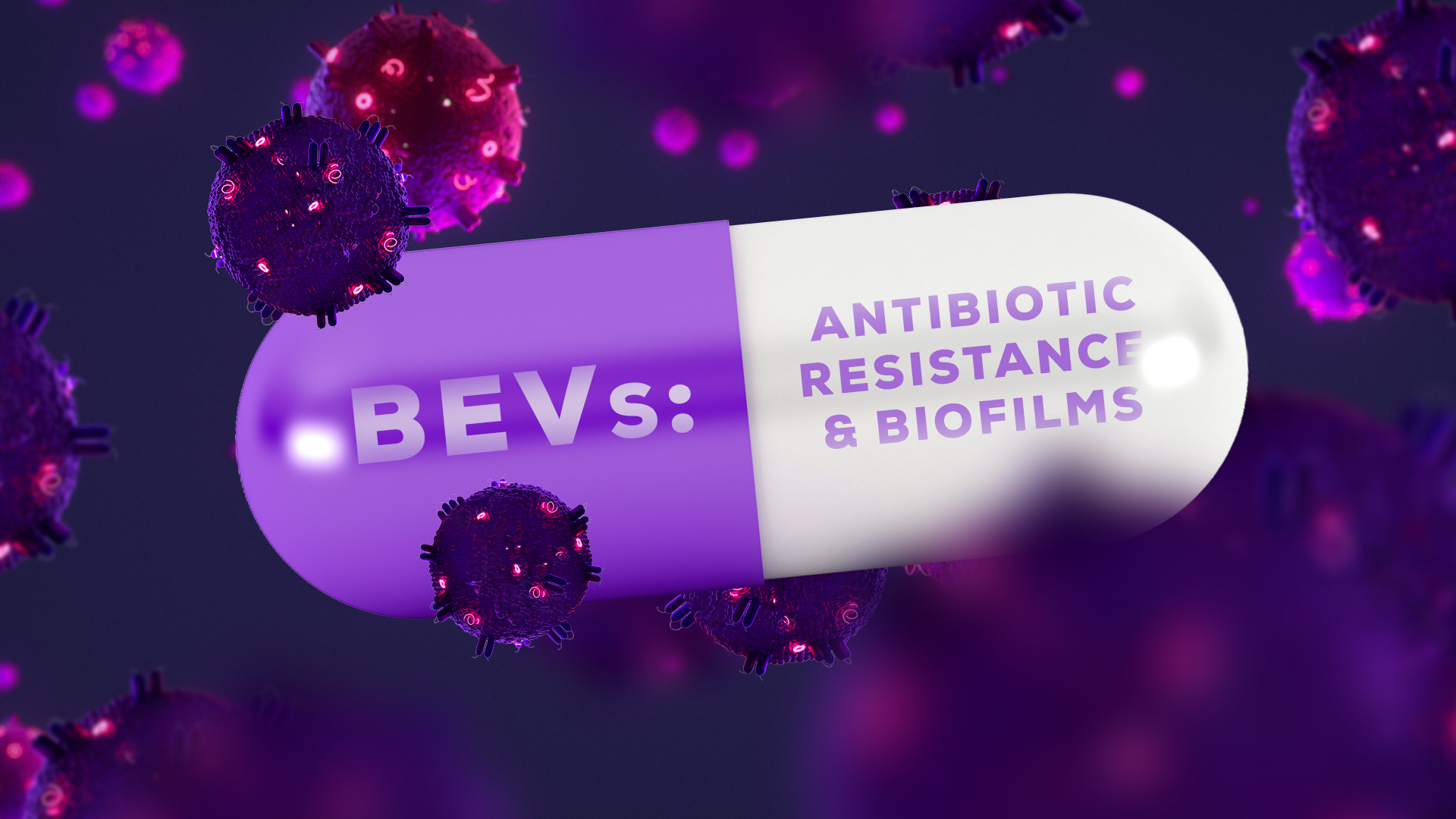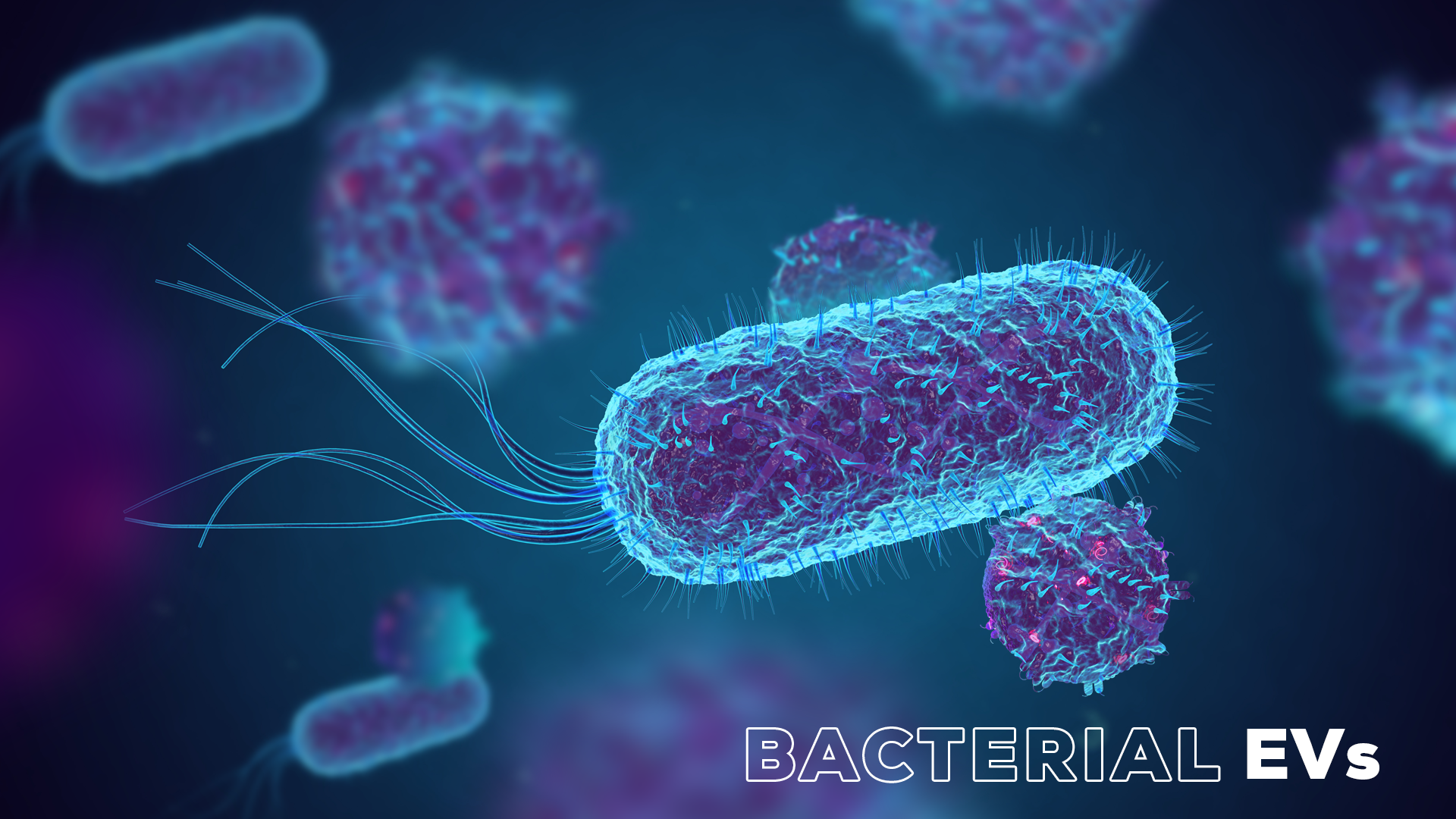Extracellular vesicles (EVs) hold untapped insights into human health and disease. Due to their involvement in many biological processes, and the cargo they contain, changes in quantity and composition could be a key biomarker feature.1 However, isolating and characterising EVs comes with a myriad of hurdles.
The need for a standardised approach to EV isolation and characterisation
A standardised protocol is essential for developments in the EV field, particularly to clinical advancements. Additionally, the protocol must be scalable to fulfil the requirements for clinical applications, both therapeutic and diagnostic. Diehl et al. (2023) describe a standardised and reproducible methodology for plasma EV isolation and characterisation, using qEV columns, the Automatic Fraction Collector, and Tunable Resistive Pulse Sensing via the qNano. Plasma EVs were the focus of their paper due to their ability to provide insights into health, as well as their long-term storage capabilities and non-invasive means of collection.2-4
The benefits of size exclusion chromatography
Previously, the field has lacked a standardised procedure for the isolation and quantification of EVs. While there are multiple methods developed to help isolate EVs, not all are made equal. For a detailed description on the benefits of SEC over other EV isolation methods, see Extracellular Vesicle Isolation: Why Size Exclusion Chromatography Is on the Rise. In summary, Izon's size exclusion chromatography-based qEV columns from the 35 nm series allow molecules and particles 35 nm* and below to enter the resin pores, slowing their elution. Meanwhile, particles and molecules larger than this cutoff do not enter the pores and elute earlier, allowing the separation of EVs with a high degree of purity and recovery.
The AFC allows for scalability – a feat not possible with alternative methods including asymmetric flow field-flow fractionation, tangential flow filtration, differential centrifugation and precipitation. These alternative methods lack precision and do not generate a high enough yield compared with qEV SEC methodology, leading to impaired downstream analyses.
*Other qEV column ranges are also available; note the 20 nm series allows isolation of EVs down to the 20 nm diameter range.
Diehl et al. (2023)'s protocol
Diehl et al. (2023) isolated plasma EV samples using qEV columns and the AFC. Collected EVs were then verified by Western blot or measured using Tunable Resistive Pulse Sensing (TRPS) via the qNano. To demonstrate the accuracy of TRPS, Diehl and colleagues measured repeat samples and with different TRPS users, at varying stages of lab experience. Following data collection, analysis took place via Western blot to assess markers for various EV subtypes.
Size exclusion chromatography via qEV columns robustly isolates EVs
Following SEC-mediated isolation using qEVsingle 35 nm columns (Legacy), Western blots were performed comparing the plasma EV sample with a whole cell lysate sample. Immunoblotting indicated that the plasma EV samples were selective for exosomes and microvesicles, as per the positive results for relevant markers (CD9, CD63, CD68 and CD81)5, while being negative for endosomal markers (GM130 & GAPDG).6 Additionally, the EV sample was positive for a range of extracellular matrix remodelling proteins – a key role EVs are involved in.
EV quantification by TRPS
TRPS is based upon the Coulter principle and allows quantitative analysis with a high degree of precision and resolution.7 With TRPS, particles are suspended in a conductive liquid and passed through a tiny aperture. As the particle passes through the nanopore, the electrical current is momentarily blocked, and the resulting blockade is used to provide information on particle size, concentration and zeta potential. To determine whether this protocol can reliably and reproducibly measure EV concentration and size distribution, three technical replicates of the same patient plasma were performed. It was determined the EV features were highly consistent across the replicates. Although some variability was observed, the repeat samples were considerably more similar compared with different samples. No significant difference was found between different users with different lab experience.
How can SEC and TRPS be used to find meaningful insights in EV research?
To demonstrate the benefits of this workflow for clinical applications, Diehl et al. (2023) employed TRPS, via the qNano Gold, to measure EV concentration and size in plasma samples of healthy individuals and in Marfan syndrome patients with a known thoracic aortic aneurysm. Marfan Syndrome is highly associated with aortic aneurysm, and increased tension in the aortic wall is prevalent in aneurysm pathology. This research group has previously demonstrated that this increased aortic tension contributes to increased EV secretion of aortic fibroblasts.8 Thus, Marfan patient plasma EVs were isolated using qEV and characterised using TRPS to determine whether EV characteristics could be utilised as a biomarker for aneurysm disease. Diehl and colleagues showed that Marfan patients indeed have higher concentrations of EVs, measuring at smaller diameters compared with healthy individuals (Figure 1). Diehl et al., (2023) attribute these findings to their protocol, which allowed for reproducible quantification of intact EVs, a critical component of downstream analyses and applications.

Wrapping it all up: streamlined isolation and characterisation key to clinical translation
Diehl and colleagues demonstrated the reproducibility of a qEV and TRPS-based workflow, providing meaningful EV insights into pathology and highlighting the possible capabilities of plasma EVs as biomarkers. The workflow described by Diehl and colleagues further optimised reproducibility by minimising variations in processing, handling and storage of EVs. The protocol outlined by Diehl et al., 2023 aims to help the EV field meet the demands for clinical advancements. Note that this workflow was optimised using qEV Legacy columns and the qNano Gold – both of which have been superseded by qEV Gen 2 columns and the Exoid, which have additional EV isolation and characterisation benefits.
Learn more about streamlining your EV isolation and characterisation









